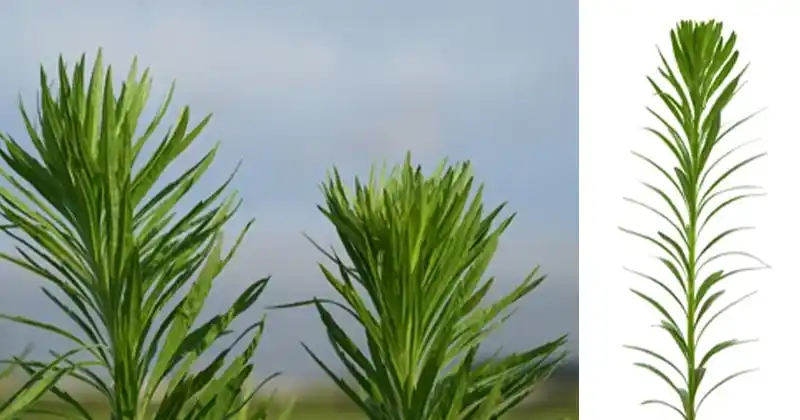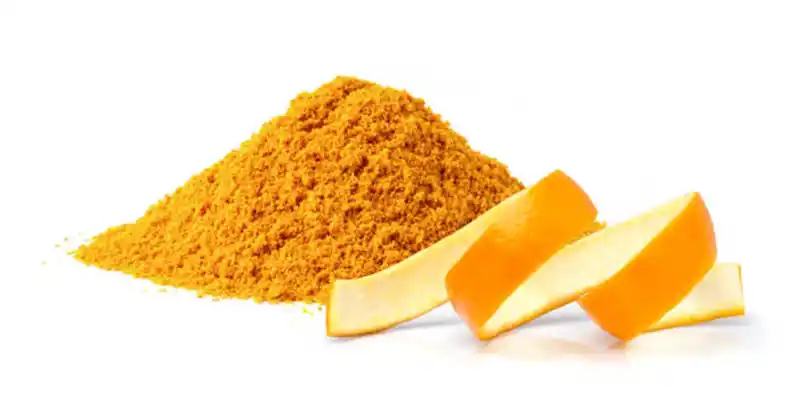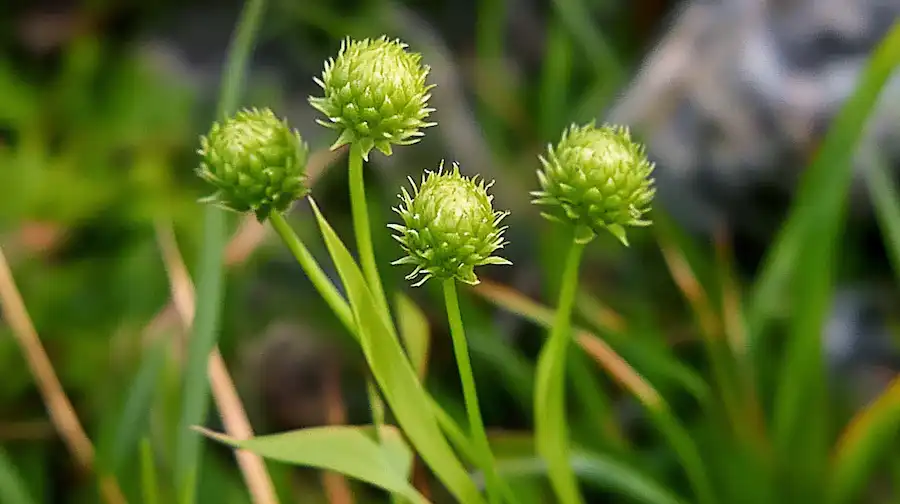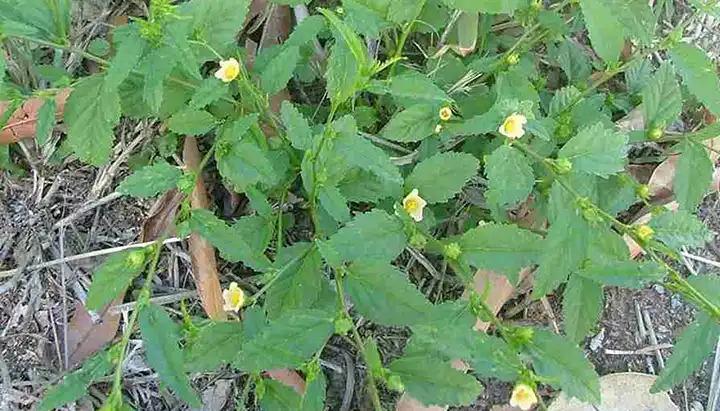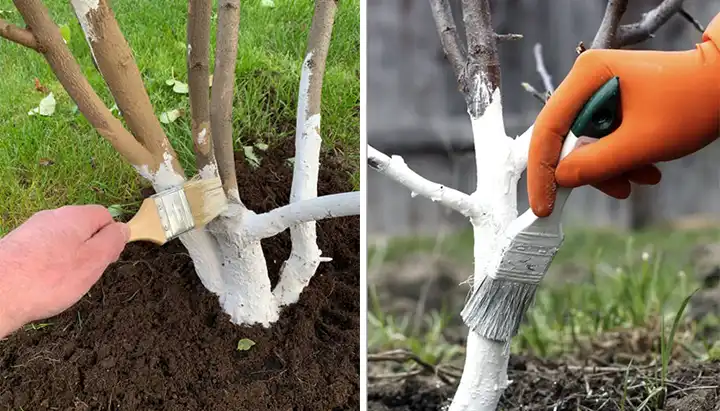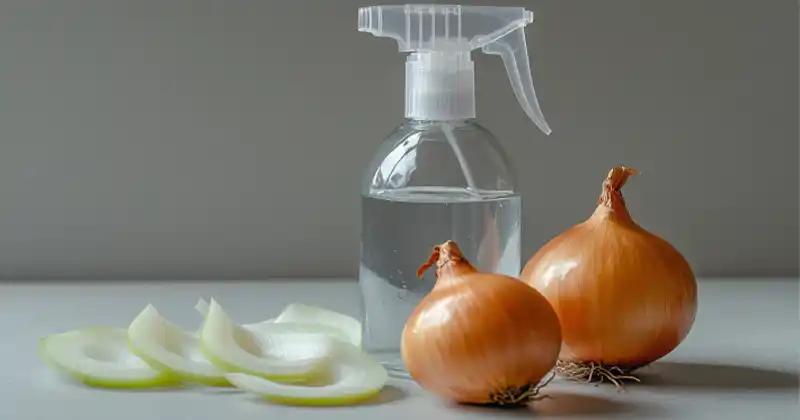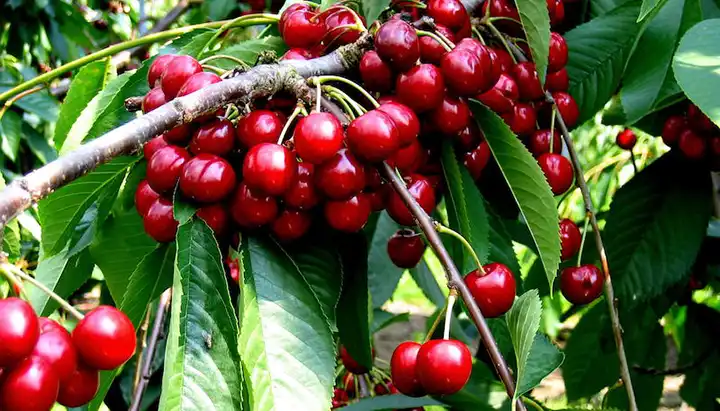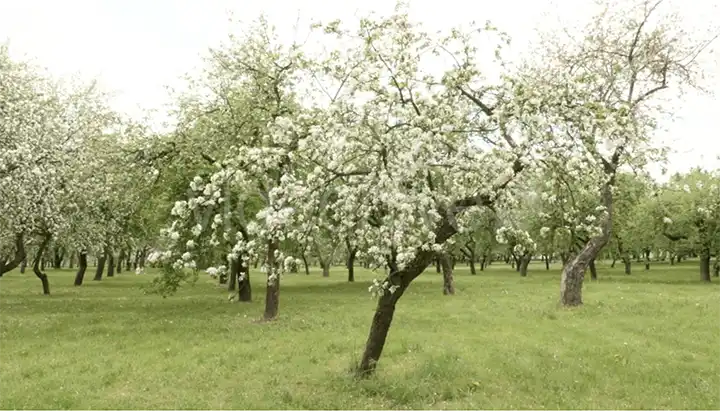Revitalize Your Garden: The Benefits of Burying Citrus Peels
Citrus peels, often discarded after juicing or cooking, are packed with essential nutrients that can significantly enrich your soil. If you’re passionate about sustainable gardening and want to enhance your soil’s fertility naturally, consider burying citrus peels. This simple yet effective technique can transform your garden into a nutrient-rich haven, promoting plant growth and reducing waste. In this article, we’ll explore why and how you should incorporate citrus peels into your gardening routine, ensuring your plants thrive with the added nutrients.

Why Bury Citrus Peels?
Citrus peels, such as orange, lemon, and lime peels, are nutrient-dense and contain vital elements like nitrogen, phosphorus, and potassium, which are key for plant growth. When buried, these peels decompose quickly, releasing nutrients that improve soil health. Additionally, citrus peels contain natural compounds that deter pests, providing dual benefits for your garden. This eco-friendly practice is especially beneficial for gardeners who want to maximize their kitchen scraps and enhance their soil quality.
Step-by-Step Guide to Burying Citrus Peels
1. Choose the Right Spot
Select a spot in your garden where you plan to grow nutrient-hungry plants, such as leafy greens, tomatoes, or root vegetables. Citrus peels are particularly beneficial in these areas. For instance, you might choose a patch that was previously used for growing potatoes and is now being prepped for planting choy and rainbow chard.
2. Prepare the Soil
Begin by digging a trench or hole in the designated area. Ensure the depth is sufficient to fully cover the citrus peels, which also aerates the soil and promotes healthy root development.
3. Add Citrus Peels
Once your trench is ready, evenly distribute your citrus peels across the bottom. You can use a variety of peels, including oranges, lemons, mandarins, and limes. Spreading them in a single layer helps them decompose more efficiently, avoiding a dense mass that could slow down the process.
4. Enhance with Dolomite Lime
To further enrich your soil and balance its pH levels, sprinkle a generous amount of dolomite lime over the citrus peels. Dolomite lime is excellent for neutralizing acidity, which is crucial when adding citrus to your garden. This not only sweetens the soil but also supports the beneficial microbes that aid in decomposition.
5. Cover and Wait
After applying the dolomite lime, cover the peels with the soil you initially dug out, and pat it down lightly. The soil may appear slightly raised initially, but it will settle as the peels decompose.
Benefits of Burying Citrus Peels
- Nutrient Boost: As the citrus peels break down, they release essential nutrients that promote robust plant growth. The slow-release mechanism ensures a consistent nutrient supply over time.
- Pest Deterrence: Citrus peels contain natural oils that repel pests such as ants and aphids, reducing the need for chemical pesticides.
- Improved Soil Structure: Decomposing organic matter improves soil structure, enhancing moisture retention and supporting root growth.
- Waste Reduction: This method turns kitchen waste into valuable compost material, reducing landfill contributions.
Planting After Burying Citrus Peels
Once you’ve buried the citrus peels, allow the soil to settle for a few weeks. This waiting period lets the peels start breaking down and ensures the soil regains its natural level. After this, it’s time to plant your crops. Leafy greens like choy and rainbow chard are excellent choices, as they thrive in nutrient-rich soil enriched by citrus peels.
Additional Tips for Gardening with Citrus Peels
- Prevent Overuse: While citrus peels are beneficial, it’s essential not to overdo it. Too many peels can make the soil too acidic, which can harm some plants.
- Use Filtered Water: When watering your garden after adding citrus peels, consider using filtered water to avoid any potential chlorine interference with the decomposition process.
- Experiment with Other Additions: Enhance your citrus peel composting by adding other kitchen scraps or organic matter. For instance, you can make your own natural citrus seed pectin to further utilize citrus waste.

A Sustainable Way to Enrich Your Garden
Incorporating citrus peels into your gardening routine is a sustainable and effective way to enhance soil health and promote vigorous plant growth. Whether you’re an experienced gardener or a novice, this technique is easy to implement and yields impressive results. So, the next time you enjoy a fresh orange or lemon, don’t throw away those peels—put them to work in your garden! And if you’re inspired to grow more of your citrus, consider propagating lemon trees from cuttings for a continuous supply of homegrown citrus goodness.
